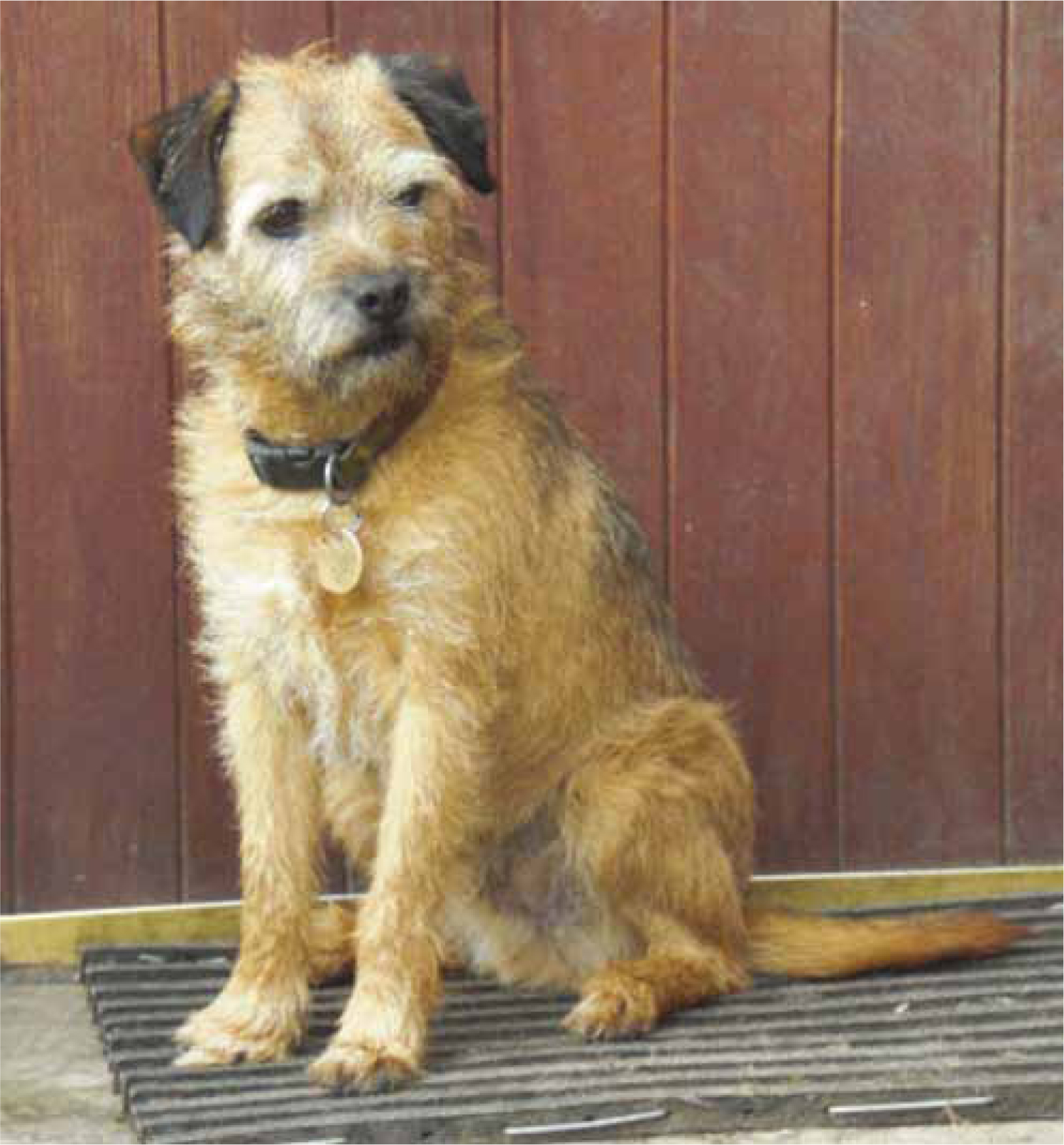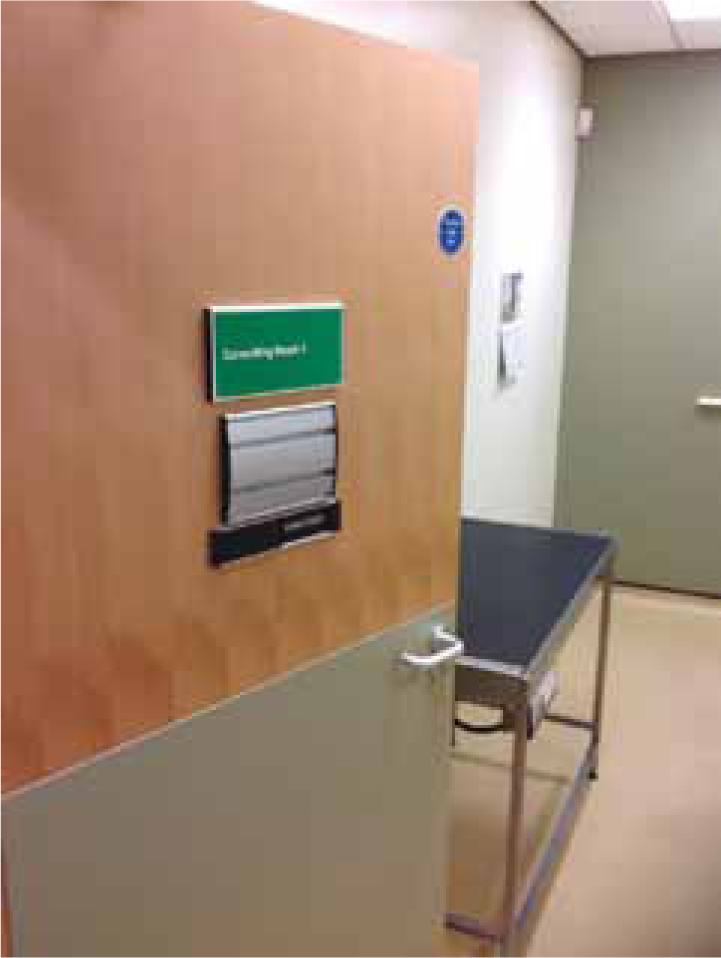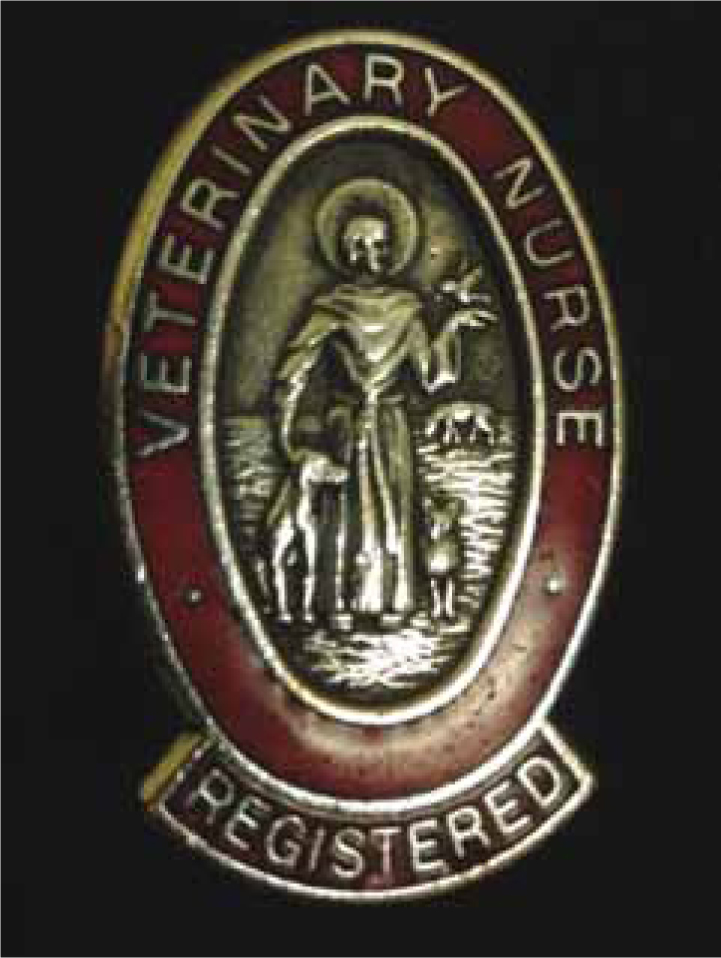Veterinary care is ‘nurse centric’ already but has not always been perceived as such because traditional practice hierarchy sees the veterinary surgeon as the main ‘care provider’ (Hoskins, 2004).
The term nurse centric better describes the healthcare services being delivered by a veterinary practice, such as nurse-led clinics. Certain nurse-led clinics, puppy parties for example, are well established in veterinary practices, but interestingly the senior clinic remains the least developed of all (McLeod, 2008). While the veterinary profession has been successful at implementing paediatric healthcare clinics, there are almost 2.25 times as many senior pets as paediatric ones; it is also worth noting that dogs are considered puppies for between 12 to 18 months of their life but considered senior for anywhere between 4 to 10 years (Fortney, 2012). It is therefore essential that the same services are extended to pets at the other end of the age spectrum and veterinary practices do everything they can to help owners understand the specific needs of their ageing companion.
Why nurse-led senior clinics?
Improvements in nutrition, health care and management have led to many companion animals living to increasingly greater ages. Unfortunately the risk factors for developing a number of diseases increases with age (Table 1), hence educating pet owners about senior wellness is essential. A number of illnesses observed in ageing dogs and cats start insidiously in middle age and, therefore, are often only diagnosed once relatively advanced. Early detection of any age-related disease is paramount to the long-term management and success, as the earlier a health problem is detected, the more options become available to either cure or slow down the progression of the disease (Fortney, 2012).
| Common age-related diseases of canines and felines |
|---|
| Cardiac disease |
| Endocrine disease |
| Renal disease |
| Liver disease |
| Osteoarthritis |
| Neoplasia |
| Cognitive dysfunction syndrome |
| Dental disease |
| Pancreatitis |
| Vestibular syndrome |
The senior clinic can be one of the most rewarding for a veterinary nurse, profitable for the practice and most importantly beneficial for the animal. Reasons for its unpopularity vary from the time it takes to set the clinic up properly, lack of response from clients and inexperience in the approach to the work up of the senior patient.
Initial planning of a senior clinic is time consuming, but essential in its successful running. Senior clinics not uncommonly fail in veterinary practice due to unrealistic and over-optimistic expectations about how many clients will take up the service, and how immediate that response will be (Jevring and Catanzaro, 1999). The seeds of any nurse-led clinic success and client subscription actually begin by a practice developing and promoting a life-long preventative healthcare ethos; this should be started from an early age with preventative health care and annual check ups advocated as a consistent practice message.
Factors to consider in the initial planning of the clinic include:
What age of patient to target?
Lifespan and life expectancy differ among species and among individual members of a species therefore there is no one exact age which can define the term ‘senior’. The term is therefore generally used to define those animals that have reached 75–80% of their expected lifespan. Cats are defined as mature between the ages of 7 and 10 years, senior between the ages of 11 and 14 years and geriatric once they reach 15 years and older. For dogs, the effect of age differs, in part based on breed size (Laflamme, 2012). As a general rule, dogs and cats 7 years of age or older may be considered to be at risk for age-related health problems, since this is the age when many age-related diseases begin to be more frequently observed (Kraft, 1998). This forms the basis for advocating a senior evaluation in apparently healthy dogs and cats starting from 7 to 8 years of age (Figure 1).

What is the aim of the clinic?
The veterinary team must establish what they want the clinic to achieve; if the team do not know why clients should attend how can the client be expected to know? If clients have a clear understanding of what can be done and what signs to look out for, the chance of owner compliance is greater. A rationale should be devised for the clinic which clearly outlines the aims and objectives, for example to:
There is no perfect blueprint for a senior clinic that fits all practice scenarios, therefore all programmes established in the practice must be flexible to allow for the specific needs of the owner and the animal and be developed within the practice's ability to provide the service (Fortney, 2012).
Who is going to run the clinic?
This may be a single veterinary nurse with a special interest in senior patients, or a number of nurses; whatever the decision, nurse and patient continuity is strongly recommended as clients value having a named veterinary nurse who can be contacted when problems or queries arise. It is advisable for registered veterinary nurses to run these clinics as a good knowledge of the ageing process and the ability to communicate professionally with clients is essential. Regular updating of skills and knowledge in this area via continuing professional development is strongly advocated as geriatrics and gerontology is an area of veterinary medicine which is continually evolving (Forney, 2012). A number of nursing skills can be developed and practised while conducting these clinics, which provides valuable opportunities for student nurses to learn under appropriate supervision.
The full backing of the entire practice team is necessary if the clinic is to be a success. It is advisable to have a veterinary surgeon available during all consultation slots in case there is any cause for concern. If a veterinary surgeon is not immediately available to examine the animal, a referral appointment should be made with a veterinary surgeon prior to the client leaving the practice. The presence of a veterinary surgeon will also enable veterinary nurses to work within their professional restrictions, including the taking and testing of samples, which will enable a diagnosis to be made by the veterinary surgeon (McLeod, 2008). Reception staff are also key in this process; remember they start it and end it. A critical part of compliance with any nurse-led clinic is the scheduling of appointments prior to the client leaving the practice; reception staff play an important role here. If clients require more time to think about the service or appear disinterested, reception staff can send a reminder card in 1 to 2 months’ time (Metzger, 2005). Timely follow-up telephone conversations and written reminders can prove critical in the overall success of the clinic.
Where will the clinic be held?
Before going much further with planning, the location for the clinic must be considered. Some practices will have a designated nurse consulting room but if this is not the case then negotiations may have to take place surrounding using a veterinary consulting room, ensuring consultation times do not overlap (Figure 2). Consideration must be given to the timing of the clinic as many clients work during the day and would therefore be unable to attend a daytime service. Certain days and times, including weekends and evening appointments may be more suitable for clients in order to encourage attendance. For clinics held outside of regular practice hours, consideration must be given to the number of staff who must be physically present on the premises in case assistance is required and to help ensure the safety of personnel. Choosing a quieter period will allow for longer consultations. The length of the consultation will partly depend on how busy the practice is. Initial consultations should ideally be a minimum of 30 minutes to allow for a thorough client discussion as well as examination of the patient. Rushed attempts will likely result in missed opportunities for discussion or examination.

How will the clinic be promoted?
The response to the clinic will depend partly on how enthusiastically the practice markets it. Jevring and Catanzaro (1999) suggested a targeted letter to clients alone would likely yield less than a 10% response rate, whereas a letter plus a phone call from a trained staff member could boost the response rate to a much higher level. All practice staff need training to identify opportunities to talk to clients about the new service available.
Other forms of advertising may include the use of client mailshots, newspaper advertising, SMS text messaging, E-mail, social media sites, on-hold telephone messages and practice display boards. Remember ultimately, however, word of mouth will become the most powerful advertisement.
How much to charge for the service?
Despite tough economic conditions, there does appear to be a significant trend towards people spending more money and requiring higher standards of health care for their companions. It is important to remember, however, different clients will have different expectations and varied financial constraints (Wakeling, 2009). Offering value for money, therefore, is a good way to attract cost concerned clients to the service. Modern veterinary practices should strive to create a value-based organisational culture that places the customer at the heart of the practice mission. A number of strategies can be considered here including client loyalty schemes and a range of practice banding schemes, bronze, silver and gold, for example, which enable owners to make a decision on the depth of examination and range of diagnostic testing they require.
The past decade has seen a range of businesses launch loyalty schemes with the aim of establishing bonded, committed relationships with their clients. Such schemes have enabled organisations to monitor individual customer buying and behaviour, individualise marketing programmes and increase customer spending (Riches, 2009). It is essential to remember, however, that it is actually client commitment to the practice that is important rather than loyalty. A client can be loyal to a veterinary practice but actually visit very few times within their pet's lifespan. Hill and Alexander (2000) stated that businesses should seek positive customer commitment rather than loyalty, claiming there was growing evidence to suggest that satisfaction with past transactions was the main determinant of customer commitment.
There are conflicting views within the veterinary profession as to whether veterinary nurse time should be charged for, or just the fees incurred through diagnostic testing and consumables used in the clinic. It is the author's personal opinion that value should be placed on the nursing staff as the qualified, registered, highly skilled and accountable professionals they are, hence their services should incur a charge (Figure 3).

What's in a name?
While terms such as ‘senior’ or ‘geriatric’ are quite commonplace amongst veterinary personnel, such terms may cause client apprehension and even prevent some clients from utilising the service. Included within the planning of the clinic should be a more user-friend name such as ‘Golden Oldies’, ‘After Eight Club’ or ‘Creaky Club’.
Conclusion
While there is a great deal of planning involved in the development and initiation of a nurse-led senior clinic, they can prove a hugely rewarding additional service for both the client and the veterinary personnel involved. A successful nurse-led senior clinic can increase client bonding, average client spend and overall client satisfaction with the veterinary practice. Most importantly however, a well-planned nurse-led senior clinic can help improve the health and welfare of ageing companion animals.
Part two of this article will discuss the clinical examination of the patient and consider the range of diagnostic testing available.

